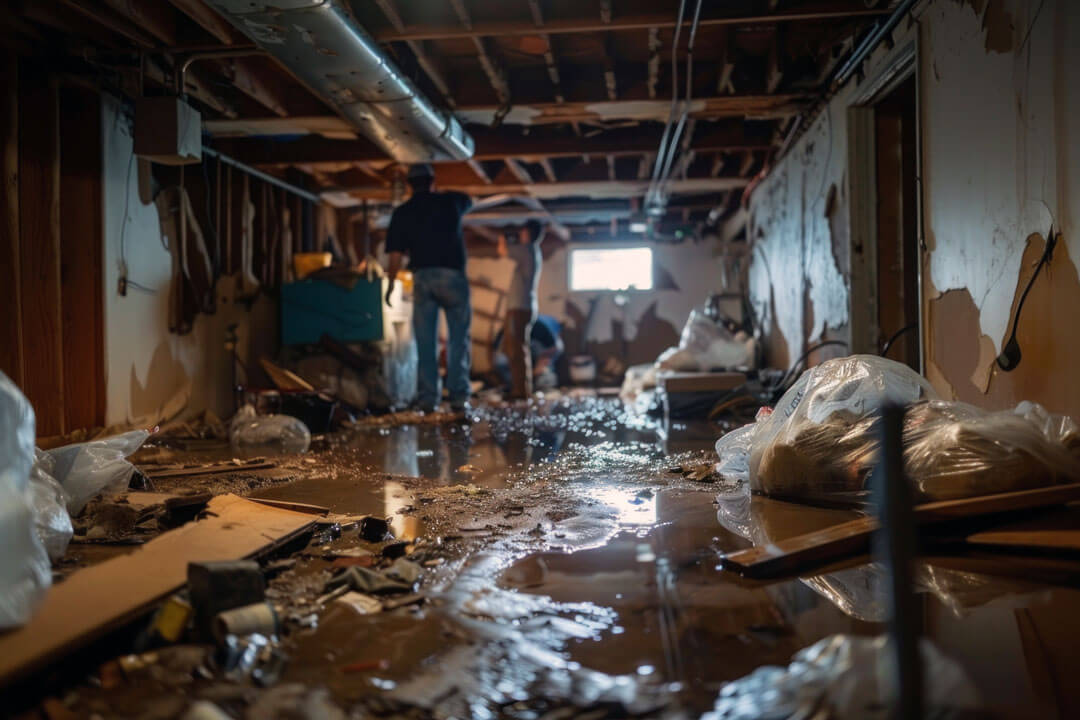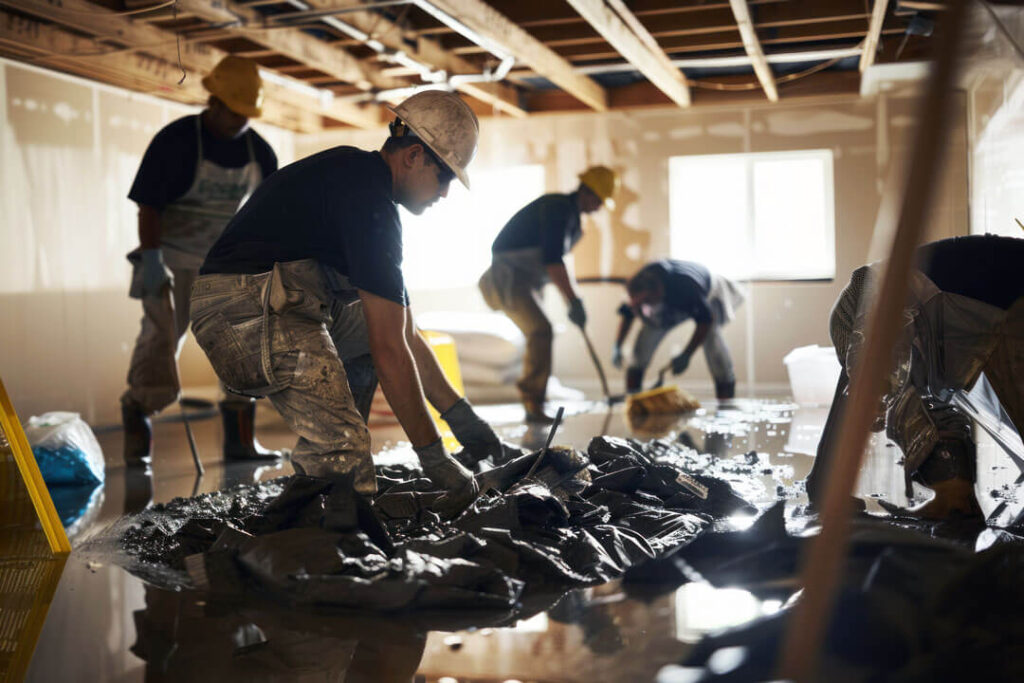
Reliable Emergency Disaster Cleanup
Service Restoration provides FAST, local assistance for Water Damage & Fire Restoration.
Over 30 years of Commercial & Residential Construction experience has helped Service Restoration become the leading restoration company in Minnesota.
- Free Inspections
- Available 24/7/365
- 60-Minute Response
- Fully Licensed & Insured
- All Insurance Accepted

Complete Restoration Services
Water Damage
Fire Damage
Storm Damage
Biohazard
Reconstruction
Contents Restoration
Restoration Services

Water Damage
Water damage can quickly lead to structural issues and mold growth if not addressed immediately. Service Restoration provides 24/7 emergency response, using advanced moisture detection,
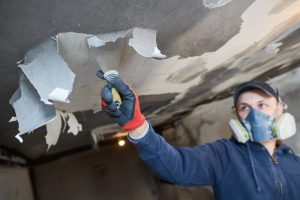
Fire Damage
After a fire, lingering smoke, soot, and structural damage can make your home unsafe. Our experts handle debris removal, smoke and odor elimination, and full
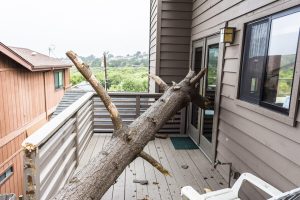
Storm Damage
Severe storms can cause flooding, roof damage, and other issues that leave your home vulnerable. Service Restoration provides prompt emergency tarping, debris removal, and water

Biohazard
Hazardous materials, such as sewage backups, chemical spills, or crime scene contaminants, require specialized handling. Our biohazard cleanup team follows strict safety protocols to remove

Reconstruction
For homes with severe structural damage, we offer full-scale reconstruction services. Our experts assess the extent of the damage, develop a customized rebuilding plan, and

Contents Restoration
Personal belongings damaged by water, fire, or mold don’t always need to be discarded. Our contents restoration specialists use advanced cleaning techniques to salvage furniture,

What is Water Damage Restoration
Water damage restoration is the process of cleaning, repairing, and restoring a property affected by water damage. This can occur due to various reasons, such as flooding, leaks, broken pipes, or storm damage. The goal of water damage restoration is to prevent further damage, mitigate the effects of the water, and restore the property to its original condition.
The process typically includes:
Assessment and Inspection: A thorough inspection is done to assess the extent of the damage, identify the source of water, and determine the best course of action for restoration.
Water Extraction: Excess water is removed using specialized equipment like pumps and vacuums to minimize further damage and prevent mold growth.
Drying and Dehumidification: The affected area is thoroughly dried using air movers, dehumidifiers, and other tools to ensure moisture is removed from walls, floors, and other materials.
Cleaning and Sanitizing: The affected areas are cleaned and sanitized to remove any contaminants, bacteria, or mold that may have developed due to the water exposure.
Restoration: The final step involves repairing or replacing damaged materials, such as drywall, flooring, and structural components, to restore the property to its pre-damage condition.
Water damage restoration is essential for preventing long-term structural damage, mold growth, and health hazards. It is often carried out by professional restoration companies to ensure the job is done thoroughly and safely.
Why Choose Service Restoration?
Highly Credentialed
Our IICRC-certified team brings industry-leading expertise to every project. We are EPA Lead Safe Certified and a NORMI Member, ensuring compliance with the highest restoration and safety standards.
24/7 Response
Disasters don’t wait, and neither do we. Our emergency teams are available 24/7, often responding within 60 minutes or less to minimize damage and start restoration immediately.
Exceptional Service
We prioritize customer satisfaction, offering clear communication, expert craftsmanship, and insurance claim assistance to make the restoration process as smooth and stress-free as possible.
Full-Service Restoration
From mitigation and cleanup to full reconstruction, we handle every aspect of the restoration process, eliminating the need for multiple contractors and ensuring a streamlined recovery.
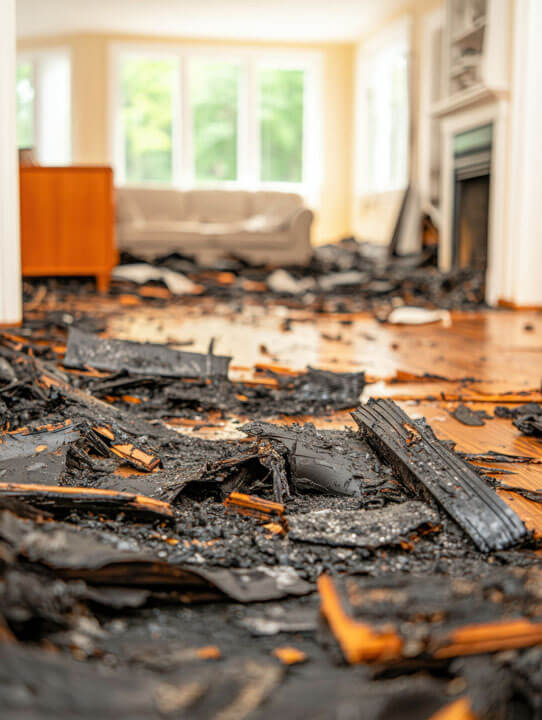
Fire Damage Restoration
The fire damage restoration process involves several steps to clean, repair, and restore a property that has been affected by fire, smoke, and soot damage. This process not only addresses the structural damage but also the contents of the property and often includes services like board-up and securing the property.
Here’s an overview of what the process typically includes:
Assessment and Inspection: The first step is to assess the extent of the damage caused by fire, smoke, and soot. This involves inspecting the property to determine what can be salvaged and what needs to be replaced or repaired.
Board-Up & Securing the Property: If the fire has caused structural damage, such as broken windows, doors, or roof damage, a restoration company will board up the property to prevent further damage from weather, vandalism, or unauthorized entry. The property may also need to be secured to ensure that no additional risks, such as falling debris or unsafe structures, pose a danger to people or the surrounding area.
Water Removal: If firefighting efforts have left water damage, the restoration company will remove excess water and begin the drying process to prevent mold growth.
Soot and Smoke Removal: Specialized equipment and techniques are used to remove soot and smoke residues from surfaces, including walls, ceilings, furniture, and other belongings.
Deodorization: Odors from smoke can linger long after the fire is out. Restoration experts use advanced deodorization techniques to neutralize the smell.
Contents Cleaning and Restoration: Inventory and evaluate contents, such as furniture, electronics, clothing, and personal items, are inventoried and evaluated to determine if they can be cleaned and restored or need to be replaced. Items that can be salvaged are cleaned, deodorized, and restored. This may involve specialized techniques like dry cleaning, ultrasonic cleaning, or ozone treatment for severe smoke damage.
Storage: If necessary, contents are temporarily stored during the restoration process to prevent further damage and ensure they are cleaned properly.
Structural Repair & Reconstruction: After the cleaning and drying process, structural repairs begin. This includes repairing or replacing walls, floors, ceilings, roofing, and any other components damaged by fire, smoke, or water.
Final Inspection & Return of Contents: Once the restoration is complete, a final inspection ensures that all work has been completed and that the property is safe and restored to its pre-damage condition. If contents were stored, they are returned and reinstalled.

